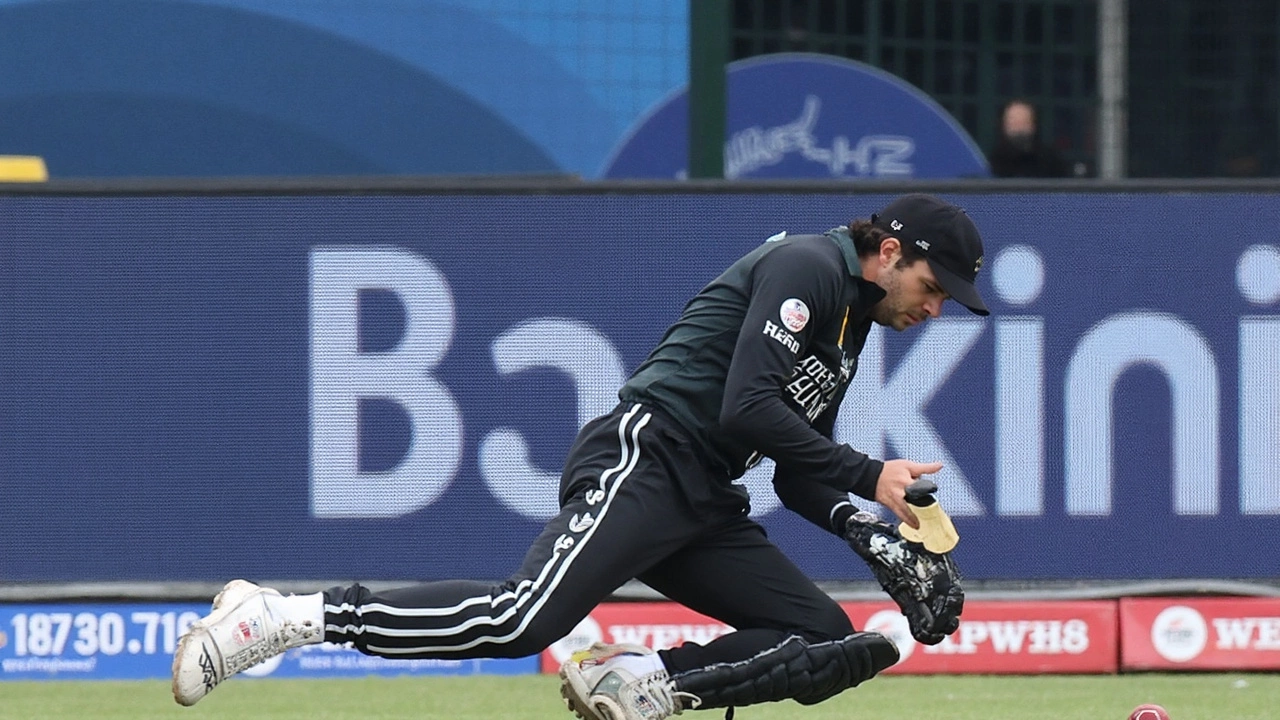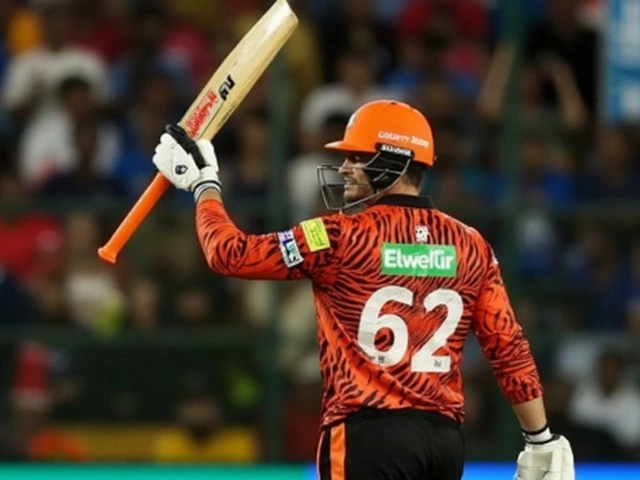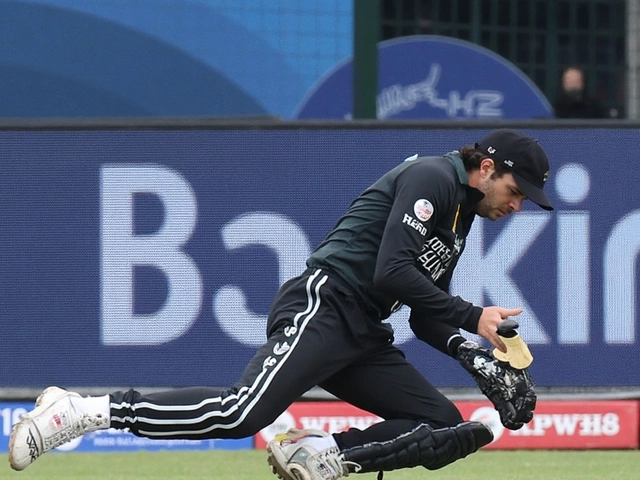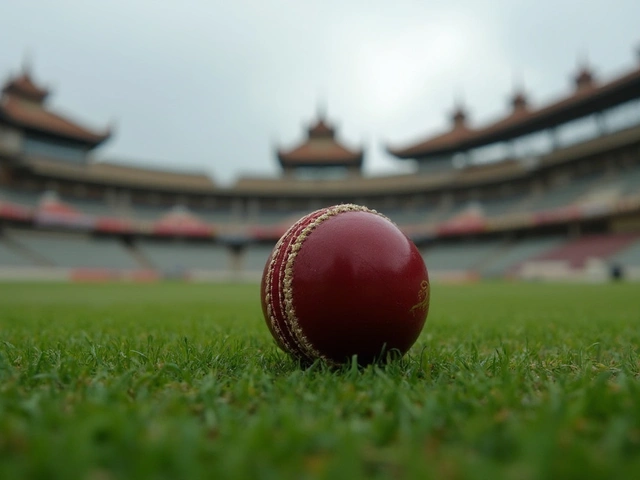Cricket Injury Guide: How to Stay Safe and Bounce Back Fast
Whether you’re batting for fun in the park or playing a heated league match, cricket puts a lot on your body. Fast bowlers toss the ball at over 140 km/h, fielders dive into hard ground, and batsmen swing with force. All that action means injuries are practically part of the game – but they don’t have to be. In this guide we’ll walk through the most common cricket injuries, how to stop them before they happen, and what to do if you end up on the sidelines.
Spot the Warning Signs Early
Most cricket injuries start small. A dull ache in the lower back after a long spell of bowling, a tight calf after a sprint, or a niggling shoulder pain after a week of heavy practice are all red flags. Don’t ignore them. If you feel pain that lingers for more than 48 hours or gets worse with movement, take a break and ice the area. A quick check with a physiotherapist can save weeks of rehab later.
Prevention: Simple Habits That Make a Big Difference
Warm‑up properly. Spend at least ten minutes doing dynamic stretches – leg swings, arm circles, and gentle lunges. This gets blood flowing and prepares muscles for explosive moves.
Strengthen core and lower body. A strong core stabilises the spine during bowling and batting. Planks, side‑planks, and hip bridges are easy to add to a routine. Squats and calf raises build the leg power you need for sprinting and fielding.
Use the right gear. A well‑fitted helmet, padded gloves, and proper shoes with good ankle support cut down impact injuries. Make sure your pads aren’t too loose – they should move with you, not slide around.
Mind your technique. Bad bowling action is a leading cause of lower‑back stress. Work with a coach to keep your action smooth and avoid over‑stretching. For batsmen, keep the elbows relaxed and use the wrists for power instead of jerking the arms.
Stay hydrated and fuel up. Dehydration can tighten muscles and increase cramp risk. Drink water before, during, and after play, and eat a balanced mix of carbs and protein to keep energy levels steady.
Treatment: What to Do When Injury Strikes
The first 48‑hour rule still applies: rest, ice, compression, and elevation (RICE). Apply an ice pack for 15 minutes every two hours to reduce swelling. Use a compression bandage if the area is prone to bruising.
If pain persists, see a sports‑medicine doctor. They may recommend physiotherapy, which often includes gentle mobilisation, strengthening exercises, and gradual return‑to‑play protocols. Don’t rush back – returning too early is a common way to re‑injure yourself.
For muscle strains, a short course of non‑steroidal anti‑inflammatory drugs (NSAIDs) can help, but only under professional advice. For more severe injuries like a torn rotator cuff or stress fracture, imaging tests (X‑ray or MRI) will guide treatment and rehab timelines.
Rehab Tips to Get You Back on the Pitch
Start with low‑impact activities like swimming or stationary cycling to maintain fitness without stressing the injured area. Progress to sport‑specific drills only when you can move pain‑free through the full range of motion.
Consistency is key. Do prescribed exercises daily, even on off‑days. Tracking progress in a journal helps you see improvements and stay motivated.
Finally, mental recovery matters. Injuries can be frustrating, but staying positive and visualising successful play can speed up healing. Talk to teammates, set small milestones, and celebrate each win – no matter how tiny.
Cricket is a great game, and with the right preparation you can enjoy it for years without being sidelined. Keep these tips in mind, listen to your body, and you’ll stay in the game longer and play better too.
Rachin Ravindra's Severe Eye Injury During NZ-Pakistan ODI Raises Safety Concerns
During the first ODI against Pakistan, Rachin Ravindra suffered a severe eye injury when a bouncer hit his face, causing significant bleeding and requiring hospital treatment. He was replaced by Michael Bracewell as a concussion substitute, according to ICC rules. New Zealand triumphed by 7 wickets despite the incident. Ravindra is now in stable condition.





